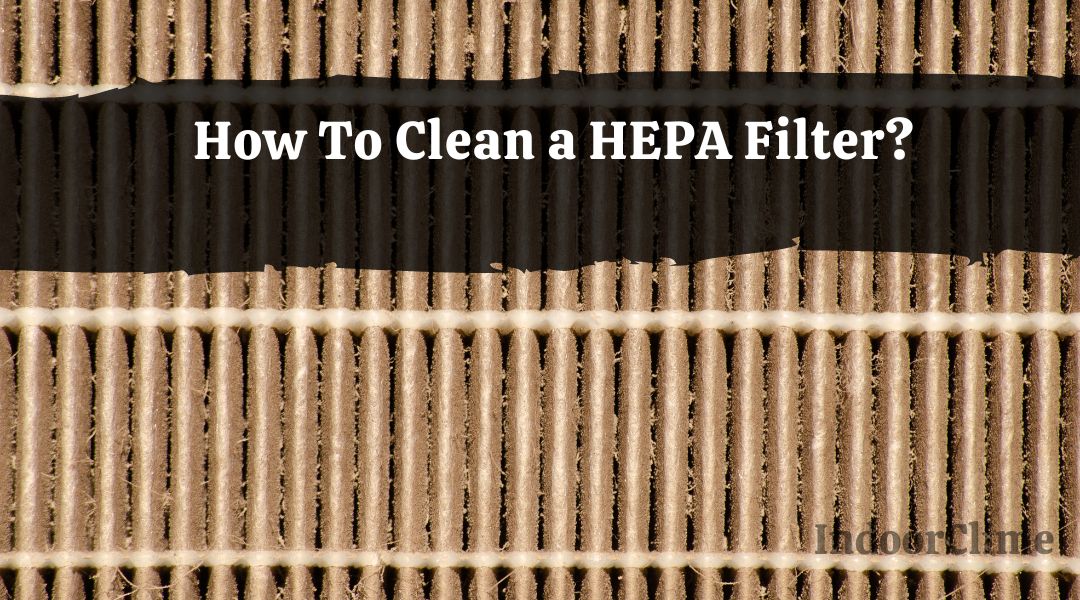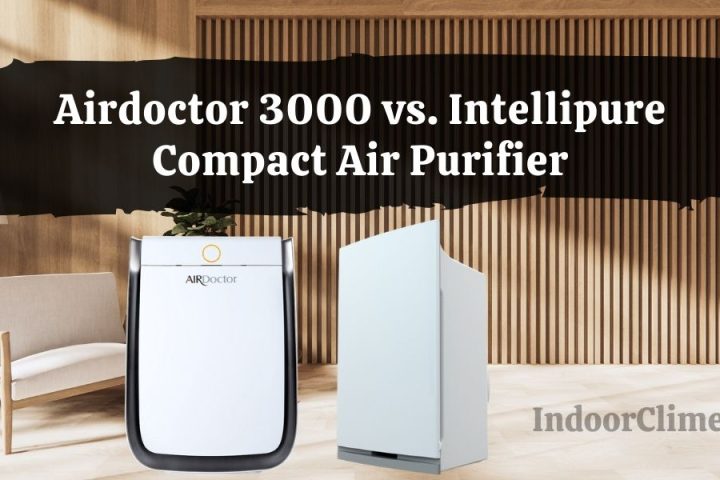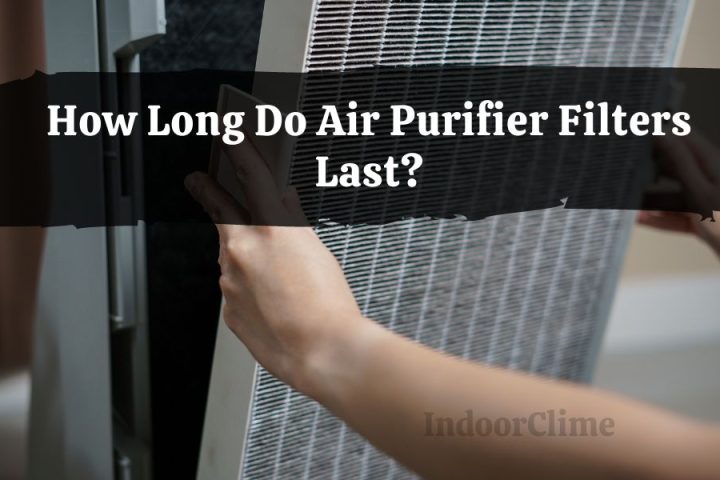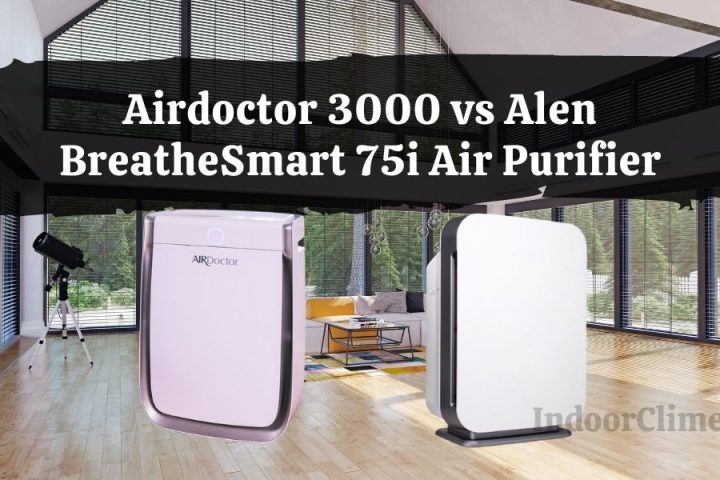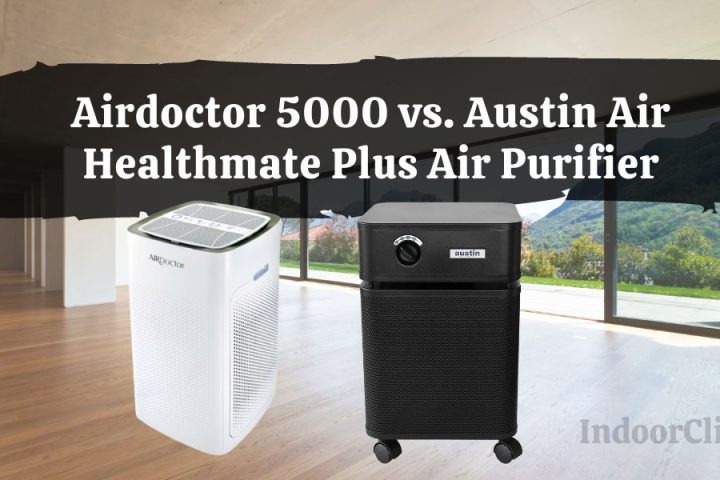Cleaning is tedious and time-consuming, but it’s worth the effort. Imagine how much more comfortable you would feel knowing that your air filter was clean!
These filters are usually found in portable air purifiers to remove airborne particles from the atmosphere and let clean air into space.
HEPA filters are great for reducing the number of allergens and pollutants and are built directly onto their frames.
Although you should replace disposable HEPA filters after use, you can extend their usage by vacuuming them instead of washing them with water. Plus, water decreases a disposable HEPA filter’s ability to capture microparticles.
So, how can you best proceed in cleaning your HEPA filter?
Can I Clean a HEPA Filter?
HEPA or High-Efficiency Particulate Absorbing filters are built-in in an air purifier’s unit. It is an integral part of an air purifier that looks like folded paper.
The fibers are tightly packed together to create small gaps so particles like dust, pollen, microbes, smoke, and pet dander can’t enter. Air purifiers improve the quality of ambient air in a specific space.
Using a HEPA air purifier for people with low immune systems or respiratory conditions such as asthma could increase the clean air surrounding the room. Each manufacturer has a specific cleaning procedure for these filters.
As a general rule of thumb, air purifier disposable filters are meant to be replaced once it’s already exhausted their effectiveness. HEPA filters that don’t have ‘permanent’ or ‘washable’ labels are not meant to be cleaned and reused.
When you vacuum or wash these filters, the interwoven mesh could easily damage and won’t be as effective before it is taken out and cleaned.
As for HEPA filters marketed as washable or permanent, many manufacturers swore that they would retain their efficiency even after cleaning.
Follow manufacturer guidelines to ensure filter consistency throughout use, even after washing for these types.
Do I need to clean my HEPA filter?

It is vital to keep your home free of allergens and irritants. Most portable air purifiers have a built-in HEPA filter to prevent most particles in spaces with poor air quality.
The HEPA filter is an essential part of your portable air purifier. If you notice gray or dirt building up on the filter or reducing the airflow from the unit, it’s time to replace the filter.
As most units don’t have a permanent filtering system for air purifiers, it’s vital to refer to your manufacturer’s guide to retaining the efficiency of your device.
But microparticles in the air are not the only culprit for allergy or asthma attacks despite having an air purifier run 24/7. There are far more on your rugs or drapes that need cleaning too.
Unfortunately, these items in your home have a high concentration of pollutants that your HEPA filter won’t be able to take out.
Taking out the source of these irritants, such as closing open windows or not smoking inside your living room, could keep your HEPA air purifier working longer and more efficiently.
How To Clean a HEPA Filter If I Have To?

For an easy way to keep your air purifier running at its best, consider investing in reusable filters. With these, you can avoid spending monthly money on new ones, and they’re also environmentally friendly.
However, read the cleaning instructions carefully to avoid damaging the filters. Also, be mindful that these interwoven fibers will require some delicate handling.
Take out the filters.
Based on the instructions provided in the manufacturer’s manual, you can take out HEPA filters in some units. As a rule, it’s best to avoid water to clean out filters from these units.
Expect dust and dirt buildup on the filter, so it’s best to cover the floor area with plastic or newspaper. You can take portable HEPA air purifiers outside for easier cleaning.
Tidy up pre-filters
Permanent HEPA filters include an additional layer to filter pollutants like volatile organic compounds or odors, usually in powdered, granular, or honeycomb-activated carbon. Check the manufacturer’s manual to see how to clean your pre-filters best.
Use a soft-bristled brush to pre-filter with delicate wires and gently stroke the dirt and dust under running water. Clean the outer sides of the pre-filter using running water.
Use a vacuum to clear dust and dirt.
Handheld vacuum cleaners can remove the dust and dirt accumulated on top of the HEPA filter. You need to use the nozzle or soft-bristled attachment to clean the particles out effectively. Clean in horizontal motions without adding pressure on the filters.
How Long Does HEPA Filter Last?
The more dirt on your air filter, the sooner you should consider changing it. A white sheet means insufficient airflow for effective cleaning, leading to poor indoor air quality.
Standard HEPA filters in air purifiers are usually last one year upon usage. Pre-filters often need to be changed every 30 days.
If your air purifiers have clean permanent filters, you may replace them every three months or when it’s already damaged.
People Also Ask
Do HEPA filters need to be replaced?
Disposable HEPA filters ideally should be replaced every year. But there is a possibility you can extend its use by gently vacuuming dust and debris accumulated on the sheet.
However, the efficacy of re-used HEPA filters may decline with every cleaning. Micro tearing in these delicate sheets could compromise filtering pollutants from the surrounding air in the room.
Can HEPA filters make you sick?
HEPA filters in air purifiers clean the pollutants in any given space. Compromised filters from reused sheets or mishandled cleaning procedures could make your air purifier ineffective in the long run. It’s best to follow the manufacturer’s instructions on how to make the most of your air-cleaning unit.
How often do HEPA filters need to be changed?
Depending on your usage, air conditions, and indoor air pollution, daily HEPA filters must be changed between 12 to 24 months. You can use an air quality monitor to check whether your air purifier still functions at optimum levels. WHO recommends an annual limit of 10 micrograms for PM2.5.

